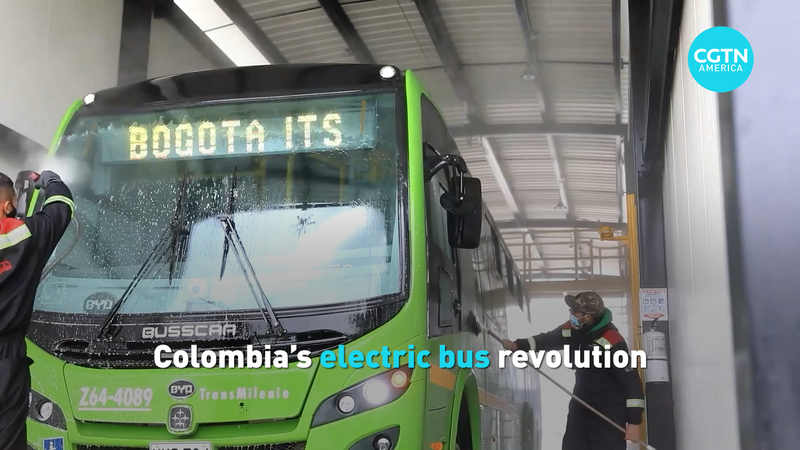Desert Shines Bright
In a landmark move for renewable energy, the Chinese mainland this week put its first large-scale photovoltaic (PV) technology demonstration and validation base into operation in the deserts of Otog Front Banner, Ordos, Inner Mongolia Autonomous Region. Built on the three-million-kilowatt Mengxi Blue Ocean PV Power Stationmdash;the country’s largest PV plant sited on reclaimed coal-mining landmdash;the new 133MW facility is designed to fast-track cutting-edge PV innovations.
Comprising an advanced technology demonstration zone and a conventional validation testing zone, the base combines 10 mainstream domestic mounting structures with 36 PV panel types across 150+ experimental schemes. “By running full-lifecycle performance validation on PV panels and mounting systemsmdash;measuring levelized cost of electricity, durability, and investment risksmdash;we can reduce technology-selection risks for large-scale PV power stations,” explains Li Jinyuan, head of the Mengxi Blue Ocean PV Power Station.
Wind Resilience Meets Clean Power
Just as the sun proves its muscle, wind power in northwest China is also stepping up. In Turfan, Xinjiang Uygur Autonomous Region, the country’s first million-kilowatt-level high-wind-resistance onshore wind farm has gone live at full capacity. Featuring 131 turbinesmdash;each rated at 7MW or higher and built to withstand gusts up to 57m/smdash;this project will supply some 2.2 billion kWh of clean electricity annually. “It’s enough to power 700,000 homes, cutting CO2 by 1.91 million tons each yearmdash;equal to planting 5,600 hectares of forest,” says project lead Zhou Jianwu.
Thermal Power Gets Smarter
Meanwhile, in Tongliao City, Inner Mongolia, the first 2×350 MW ultra-supercritical cogeneration unit at the Tongliao Power Station is gearing up for commercial launch. The new unit reduces electricity consumption by 3%, saves 120,000 tons of coal annually, and slashes water use by over 5 million tonsmdash;all while delivering heating across 18.5 million m2. With a renewed wind project in Tuquan County pushing the station’s renewable-to-thermal ratio to 47.9%, Sun Wen, general manager of the plant, calls it “a pioneering coal-and-renewables hybrid model for low-energy-consumption supply assurance and flexible regulation.”
Reference(s):
China launches first large-scale solar test base on barren land
cgtn.com




